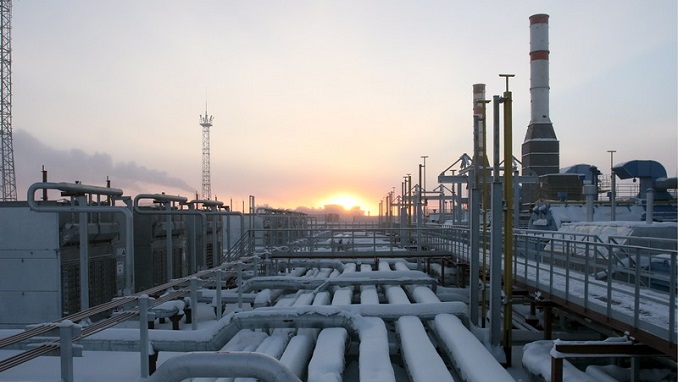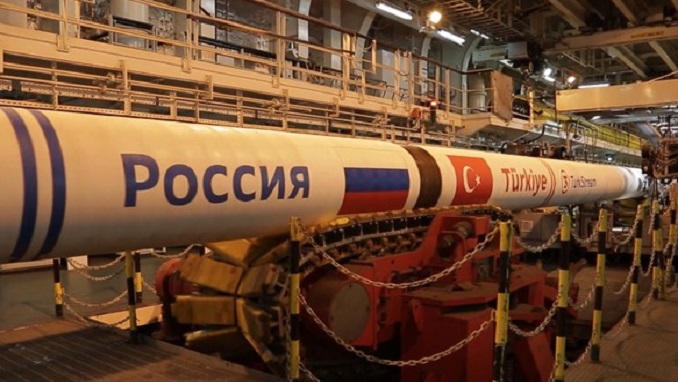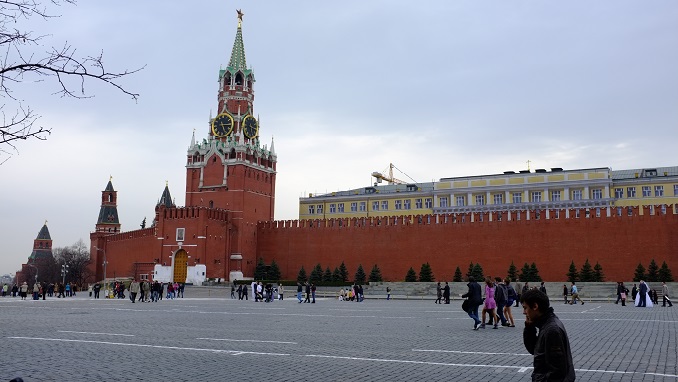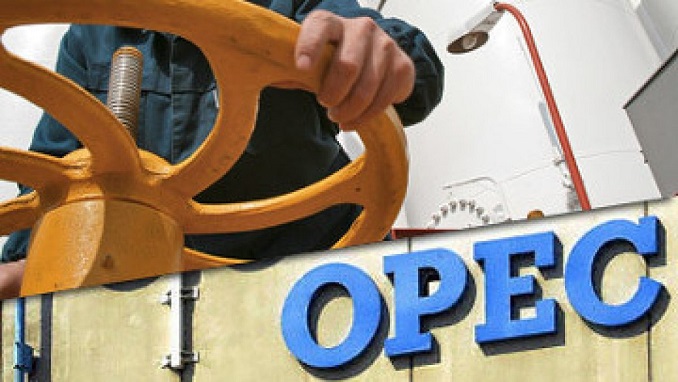Iran and Armenia have decided to prolong their gas trade deal until 2030 and boost the quantity of natural gas that Iran supplies to Armenia, Eurasianet reports.
The agreement was reached while Iranian Prime Minister Nikol Pashinyan was in Tehran. Majid Chegeni, the National Iranian Gas Company (NIGC) director and Iran’s deputy minister of oil for gas issues, and Gnel Sanosyan, Armenia’s minister of territory management and infrastructure, signed the memorandum of agreement on November 1.
The amount of natural gas that Armenia now buys from Iran each year is around 365 million cubic meters.
In accordance with the new pact, Iran will double the daily 1 million cubic meters of gas the nation already exports to Armenia.
According to a gas-for-electricity barter deal from 2006, the two sides exchange one cubic meter of gas from Iran for three-kilowatt hours of energy generated by thermal plants in Armenia.
The agreement has been planned to be expanded for some time. According to economist Suren Parsyan, Armenia’s rising ability to produce power has enabled a rise in gas imports.
In order to augment the other provider, the government-run Yerevan Thermal plant, a new thermal power plant built by the Italian company Renco went online in 2021.
Russia will continue to be Armenia’s primary gas supplier, despite the increasing Iranian shipments. At a cost of $165 per thousand cubic meters, Armenia purchases more than 2 billion cubic meters of Russian gas each year. In 2019, the cost of Russian gas increased by $15 per 1,000 cubic meters, and it has not altered since then.
Armenia began paying for its Russian gas in rubles in April, however, the exchange rate is still tied to the price in US dollars. Even though the global natural gas markets are in disarray, with Russia shutting off many European consumers and prices swinging dramatically, the supply has not been impacted. Armenia paid Russia $414 million in 2021 for its gas.
Future plans for the Iran-Armenia energy trade may include growth.
Iran presently receives electricity from two power lines, but due to lengthy delays, the building of a third high-voltage line is now expected to be finished by the end of 2023.



